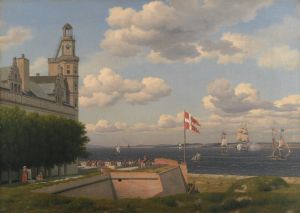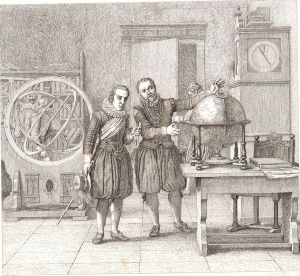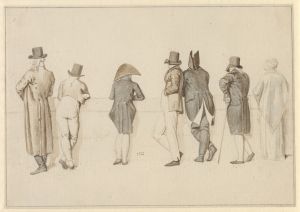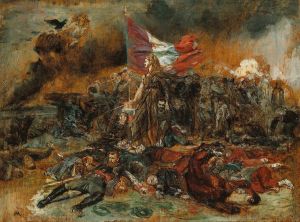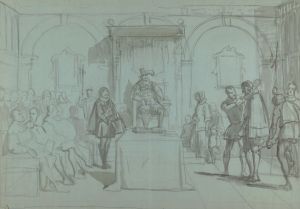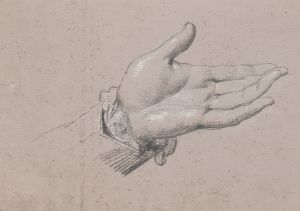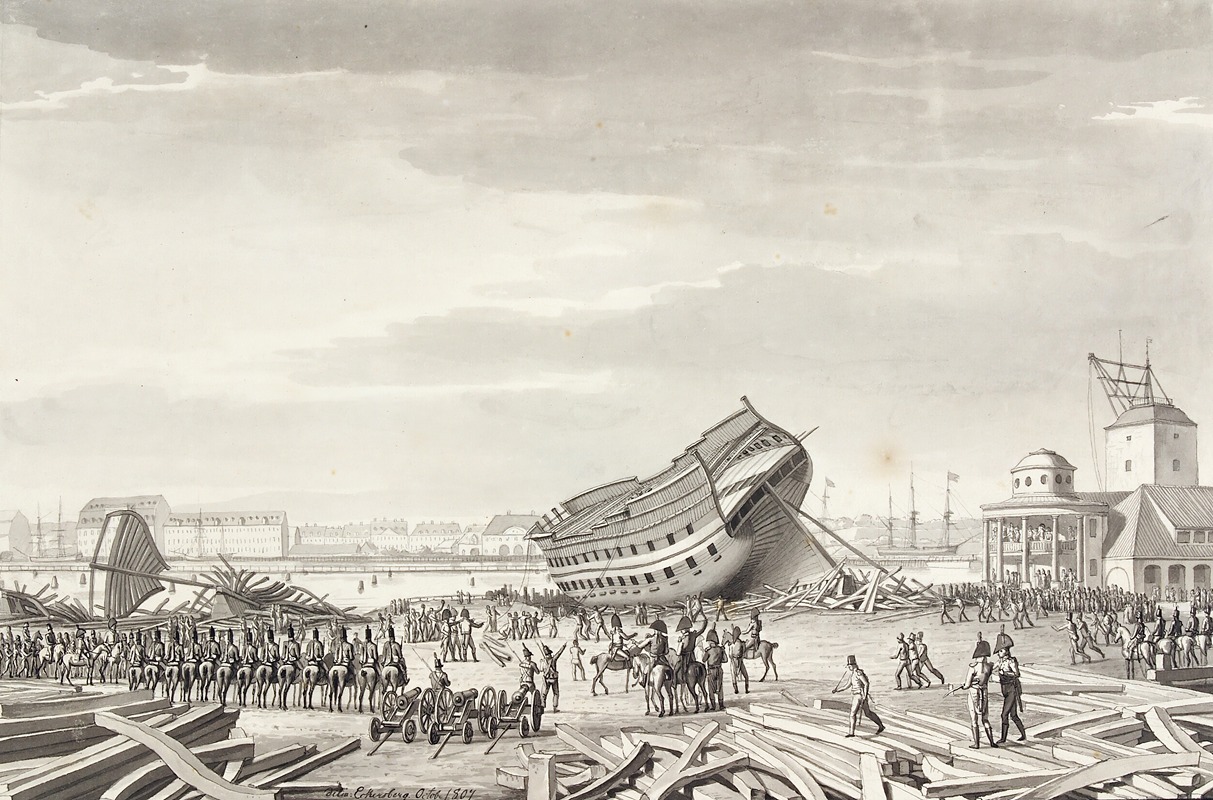
Englændernes Sidste Dåd I København
A hand-painted replica of Christoffer Wilhelm Eckersberg’s masterpiece Englændernes Sidste Dåd I København, meticulously crafted by professional artists to capture the true essence of the original. Each piece is created with museum-quality canvas and rare mineral pigments, carefully painted by experienced artists with delicate brushstrokes and rich, layered colors to perfectly recreate the texture of the original artwork. Unlike machine-printed reproductions, this hand-painted version brings the painting to life, infused with the artist’s emotions and skill in every stroke. Whether for personal collection or home decoration, it instantly elevates the artistic atmosphere of any space.
"Englændernes Sidste Dåd I København" (The English Last Deed in Copenhagen) is a painting by the Danish artist Christoffer Wilhelm Eckersberg, completed in 1807. Eckersberg, often referred to as the father of Danish painting, was a prominent figure in the Danish Golden Age of painting. This particular work captures a significant historical event, the British bombardment of Copenhagen, which took place during the Napoleonic Wars.
The painting depicts the aftermath of the British attack on Copenhagen in September 1807. The British Royal Navy launched a bombardment on the Danish capital to prevent Denmark's fleet from falling into the hands of Napoleon. This event is known as the Second Battle of Copenhagen. The British forces demanded the surrender of the Danish fleet, and when negotiations failed, they resorted to a brutal bombardment that lasted for several days, causing extensive damage to the city and significant civilian casualties.
Eckersberg's painting is notable for its detailed and dramatic portrayal of the destruction wrought by the bombardment. The scene is set against the backdrop of a city in ruins, with buildings on fire and smoke billowing into the sky. The artist's use of light and shadow emphasizes the chaos and devastation of the event. The painting also captures the human suffering caused by the attack, with figures depicted in various states of distress and despair.
Christoffer Wilhelm Eckersberg was born in 1783 in Blåkrog, Denmark, and studied at the Royal Danish Academy of Fine Arts in Copenhagen. He later traveled to Paris and Rome, where he was influenced by the neoclassical style and the works of contemporary artists. Upon his return to Denmark, Eckersberg became a professor at the Royal Danish Academy and played a crucial role in shaping the development of Danish art.
"Englændernes Sidste Dåd I København" is an important work in Eckersberg's oeuvre, reflecting his ability to combine historical narrative with a keen eye for detail and composition. The painting serves as a poignant reminder of the impact of war on civilians and the destruction of cultural heritage. It also highlights the strategic importance of Copenhagen and the Danish fleet during the Napoleonic Wars.
The painting is part of the collection at the Statens Museum for Kunst (National Gallery of Denmark) in Copenhagen, where it continues to be an important piece for understanding both Danish art and history. Eckersberg's work remains influential, and his contributions to Danish painting are celebrated for their technical skill and historical significance.
In summary, "Englændernes Sidste Dåd I København" by Christoffer Wilhelm Eckersberg is a powerful depiction of the British bombardment of Copenhagen in 1807. The painting captures the devastation and human suffering caused by the attack, and it stands as a significant work in the history of Danish art. Eckersberg's legacy as a central figure in the Danish Golden Age of painting is well-established, and this painting is a testament to his talent and historical awareness.










